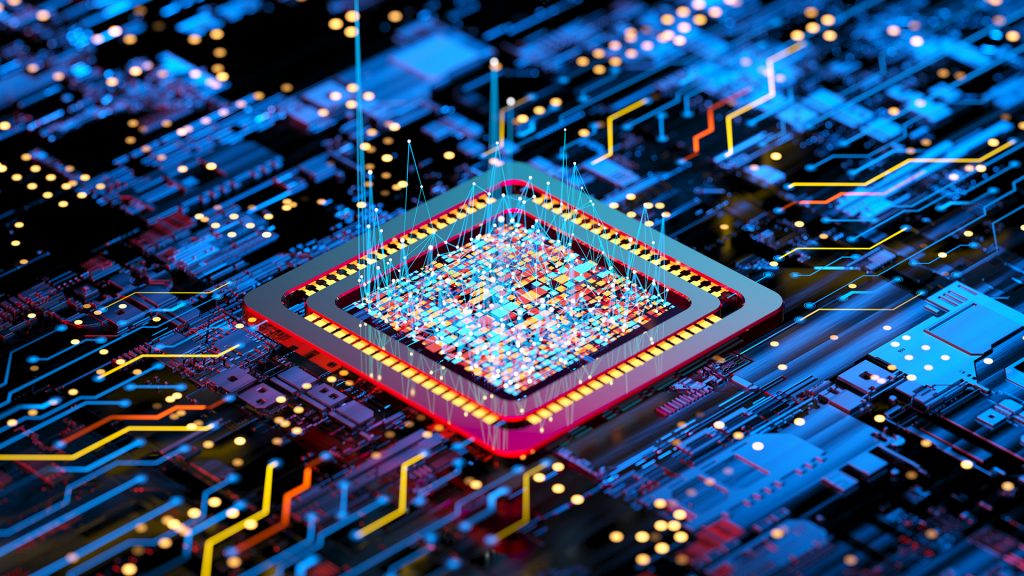
Computer technology revolutionised with new materials
Research done at the Paul Scherrer Institute, working with the Swiss Light-weight Resource, has helped get to a important turning stage in innovating pc know-how.
Considering the fact that the very first transistor was invented in 1947, silicon has been a important staple in personal computer technological innovation. Scientists have often imagined that this silicon period would finish, but this has so considerably been incorrect. Pc technological know-how comprised of silicon continues to acquire at a swift tempo, with IT big IBM a short while ago saying the initially microprocessor with a transistor of only two nanometres.
At the exact same time, new suggestions are getting condition that could revolutionise laptop or computer engineering. Researchers at the Paul Scherrer Institute, led by Milan Radovic, are functioning in this field, and have offered their reducing-edge research into clear oxides.
The exploration, ‘Minimal-dimensional electronic state at the surface of a transparent conductive oxide,’ is printed in Communications Physics, and has the prospective to open up up huge prospective customers for laptop technological innovation.
Applying new products to innovate laptop or computer technological innovation
The investigate group is set to progress microchip know-how by operating with changeover metal oxides (TMOs) alternatively of regular silicon. TMOs have advantages these kinds of as significant-temperature superconductivity, colossal magnetoresistance, steel-insulator transition, which promise fantastic advancements for the chip technological innovation of the long term.
Especially, the researchers concentrated on barium tin oxide (BaSnO3), a material that brings together optical transparency with substantial electrical conductivity. For some time, researchers have been hoping to elicit semiconductor-like properties from changeover metals and transparent oxides like BaSnO3. This is due to the fact they offer groundbreaking rewards for optoelectronic things as opposed to silicon. For example, these clear, conductive perovskite oxides can develop switching things with specifically connected electrical and optical homes. It could then be attainable to make transistors that can be switched with mild.
Know-how of interfaces is important
Microchips are made from a combination of diverse substances, acquiring actual physical homes that differ on the surface area when compared with their interior. To recognize their functionality, hence, scientists will have to have information about what takes place in the thin adjacent levels – the interfaces.
One of a kind phases can manifest at the interfaces of elements, with the workforce detailing lots of innovations in the understanding of the area-point out digital attributes of BaSnO3.
The scientists employed angle-fixed photoemission spectroscopy at the beamline of the Swiss Mild Supply to “discover the two-dimensional digital state of BaSnO3, which opens up new prospective buyers for this class of products,” said Eduardo Guedes, co-writer of the analyze.
Now, the group aims to explore which other products show related qualities, to help innovate computer system technological innovation for the potential, and to make possible candidates for the optical microchips of the future.
But silicon is significantly from getting an outdated technological know-how, Radovic stressed. It is in reality very formulated and economical. “However, computer technologies centered on changeover steel oxides is much more potent and multipurpose – its time will come.”

